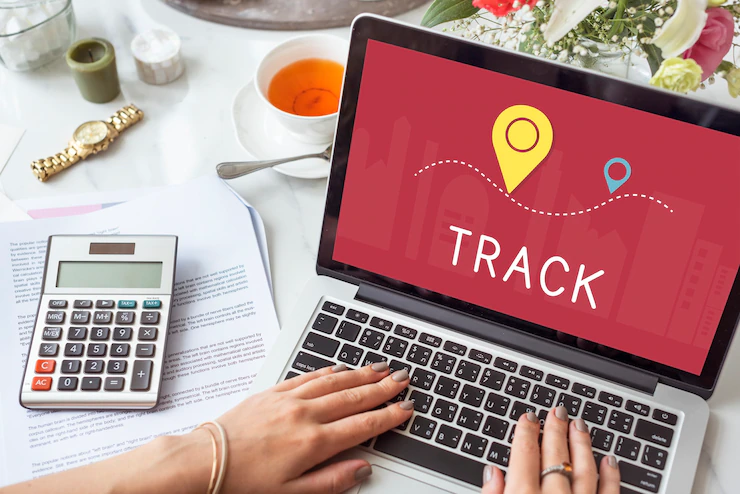The retail business is truly a global pursuit and if you run an eCommerce company, you probably obtain at least some of your products from other countries.
But when you ship items overseas, there are additional risks that exist that don’t exist with domestic shipments.
For this reason, you have to take extra precautions with your international shipments, from getting maritime insurance to choosing the right freight partner.
Here are other tips to ensure your products get safely from point A to point B.
Packaging
Despite your best efforts, the people who handle your shipments at the docks may not handle them with care. This is why you need to ensure your products are packaged properly when they’re loaded on the ship.
Since you can’t be there to package them yourself, it’s a good idea to partner with a logistics provider that offers specialty packaging services. These providers take care to put the right amount of cushioning in the package, the proper security seals on the outside, and an appropriate exterior to prevent damage during transit.

Partnering with a logistics provider takes a lot of the guesswork out of shipping overseas. You don’t have to worry about the packaging from the manufacturer not holding up to the rigors of the sea because your logistics provider will take care of this for you.
This is particularly important if you are importing fragile items like electronics, artwork, and glassware.
Tracking and Monitoring
In the not-too-distant past, when you shipped products from overseas, you wouldn’t know if something happened to them until the ship arrived (or didn’t arrive) at its destination.

Now, through innovative technology, you can track and monitor your shipments from origin to destination, even while they’re on the ship.
Often, you’ll need a logistics partner to enable shipment tracking and monitoring for you, but the transparency you’ll have in the entire supply chain will be invaluable to both you and your customers.
Onboard Courier Services
Some shipments are so valuable that you might not want to leave them alone for the duration of the voyage. For these highly-sensitive packages, you can hire an onboard courier to maintain the chain of custody from the product’s point of origin to its final destination.

Essentially, an onboard courier is a dedicated passenger who watches over your shipment for the entire trip overseas. When a package isn’t ever out of view of a courier, you can be sure it is protected and secure at all times.
While this can be expensive, it’s often worth it for valuable shipments that simply can’t be lost, damaged, or stolen.
Insurance
No matter what you do to protect your shipments, unplanned events happen. For example, you can’t predict the sinking of a cargo ship or a squall that knocks your container overboard. It happens more often than you’d think. This is why you should always, always insure your shipments that are coming from overseas.

Conclusion
It can be nerve-wracking to put your shipments in the hands of other people when shipping them overseas. Fortunately, by using these tips, you can protect your cargo as much as possible and if the worst happens, you’ll at least be reimbursed for your loss.
Additional:






















